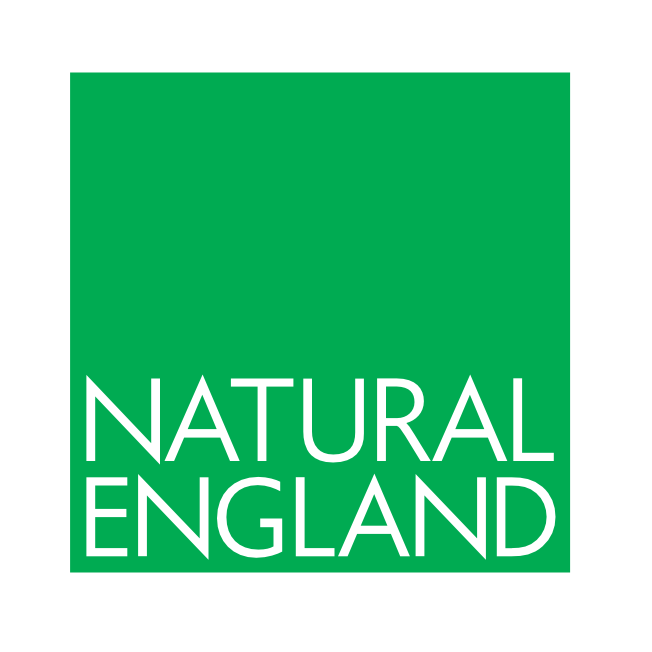Frequently Asked Questions
WRE is a nature conservation project. It’s aim is to protect native wildlife such as water voles, kingfishers and other waterbirds, fish, amphibians and large invertebrates from predation by American mink across a vast area of Eastern England. If the project achieves its objective of removing mink from this region, it is hoped that the operation will then be rolled out across the rest of Great Britain. If this is achieved, a mink-free GB will also mean protection for seabird islands and an end to the constant need to control mink in hundreds of locations as is currently practiced.
Although American mink control has been carried out in many parts of Britain, East Anglia has arguably the most comprehensive and well-established network of volunteers to carry out a regional trial on this scale. Also, the fact that the three large counties of Norfolk, Suffolk and Essex are situated on what amounts to a large peninsula jutting out into the North Sea means that mink cannot invade from the North and East.
Yes, American mink do travel large distances, especially along rivers, so it is likely that they currently enter this region from the West on a daily basis. If this movement is not stopped, mink would certainly persist and the project would fail. Fortunately, though, it is possible to catch mink as they travel along rivers and drainage channels, so the immigration could be snuffed out by establishing enough mink rafts in the right places.
The American mink is a fearless, predatory mammal in the same family as stoats and otters. They are semi-aquatic, with partially webbed feet, and are normally found close to rivers, drainage ditches and lakes or in coastal habitats. Mink are typically about 50 – 60cm long and weigh 0.7 – 2 kg, with males up to twice the weight of females. Mink were first introduced into Britain from North America for fur farming in the 1920s. The industry expanded as the fashion for luxurious fur coats grew, and by the 1950s mink farms were active over most of Britain and on some larger offshore islands. But not all the mink stayed in farms. Many escaped, and hundreds more were released into the wild by well-meaning but misguided ‘animal liberationists’. By the time mink farms were banned in Britain, feral mink had become firmly established in waterways across most of England, Wales and Scotland. Most feral mink now resemble the wild animals found in America, with a dark chocolate brown coat and white throat patch, but a small minority are lighter in colour due to selective breeding by the mink farms from which they originated. Our most similar native animal is the Polecat, which is a similar size and shape to mink, but has a browner fur and a distinctive ‘bandit’ face mask and white ear tips.
Like so many animal and plant species that have been introduced to Britain by humans, mink have thrived here because, compared to home, they have fewer competitors, predators and diseases to keep their population in check. Also in their favour is that many native birds and mammals here have evolved in the absence of a web-footed predator that has a taste for a broad range of prey, so they are vulnerable to being eaten by this relative newcomer. Some of our most cherished wildlife, like kingfishers and sand martins, fall victim to mink, but the creature to have suffered most is the water vole – ‘Ratty’ of Kenneth Grahame’s Wind in the Willows. Over 95% of Britain’s water voles have been lost in recent decades, and research has shown that mink are the single most significant cause of this catastrophic decline.
Thanks to the work of conservation volunteers and professionals in many parts of Britain, we now know that, yes, water voles and birds quickly rebound after mink have been removed. Getting rid of introduced, invasive animals like this is one of the best uses of conservation money, and the benefits are usually quickly apparent.
Yes, we know this to be a realistic prospect because something similar has been done in mainland Scotland, and over an equally huge area. It would be a massive challenge, but could be achieved with a sound plan, adequate resources of money and time, and a can-do attitude. This would be community-based nature conservation on a ground-breaking scale.
Yes, once a mink has been captured it is then illegal to release it back into the wild. Orders made under the Destructive Imported Animals Act 1932 make it illegal to keep mink without a licence, and stipulate precautions that must be taken to prevent escape. Because of this legislation it also means you are prohibited from keeping, transporting or releasing a mink once you have caught it.
American mink are inquisitive, and research has shown that they find it hard to resist investigating a tunnel, especially if the tunnel is floating on a raft. If a cage trap is placed in the tunnel, any visiting mink is likely to go inside and be caught when the trap door closes. The traps are equipped with an electronic alarm unit which immediately alerts nominated people (usually conservation-minded volunteers) to the fact that the trap requires an urgent visit. One advantage of this capture method is that the animal in the trap is unharmed, and can be quickly released if it is anything except a mink. If a mink has triggered the trap, it is instantly and humanely dispatched with an air gun.
Main Guidance
Mink that you catch are protected under the Animal Welfare Act 2006. You can be jailed and get an unlimited fine for causing unnecessary suffering to an animal.
Catch mink with traps
You can trap mink most effectively between:
- February and March (mating season)
- August and November (when their young leave the den)
You can use cage and spring trap, but you must:
- only use approved spring traps
- kill humanely all mink you catch
You should check traps at least once a day.
Shoot mink
You can shoot free mink using a suitable firearm and ammunition.
Use dogs to control mink
You cannot use dogs to hunt mink.
You can use dogs to stalk or flush out mink above ground, but only to stop serious damage to your property. You must:
- use no more than 2 dogs
- shot the mink as soon as they break cover
- carry proof that you own the land or have written permission from the landowner
Illegal pest control methods
You must only use control methods set out in this guidance. If you do not, you could you face a jail sentence of up to 6 months and an unlimited fine.
You cannot use the following for mink:
- self-locking snares
- bows and crossbows
- explosives other than legal ammunition for a licensed firearm
- live birds or animals, as bait or live decoys
- poisons, as no chemicals are currently approved for mink control
This methodology allows the eradication of mink to be as ‘surgical’ as possible; no other creatures are significantly affected. Better still, no toxins are involved, as they would be in a rodent eradication operation, for example, so the environmental impact is solely positive.
Animal welfare must be exemplary in a project like this, and is one of the major reasons for carrying out the work. Due to human actions, introduced American mink have killed millions of native animals in Britain, causing pain and suffering to each prey creature they attack. The WRT project aims to bring an end to this carnage. But the respect for animal welfare must extend as much to the predator as the prey, and the electronic alarms fitted to our traps ensure that this project will exceed the standards of welfare rightly demanded by the Westminster, Welsh and Scottish Governments for trapping operations. Under current regimes, over a thousand American mink are killed annually in Britain, and if nothing changes, this will continue indefinitely as nature reserve managers, game and fishing organisations continue to protect their sites from mink, which will continue to invade from the unmanaged population of mink in the wider countryside. A short-term increase in mink trapping, using a more effective large-scale approach, will result in far fewer mink deaths overall and a permanent end to the need for mink culling.



